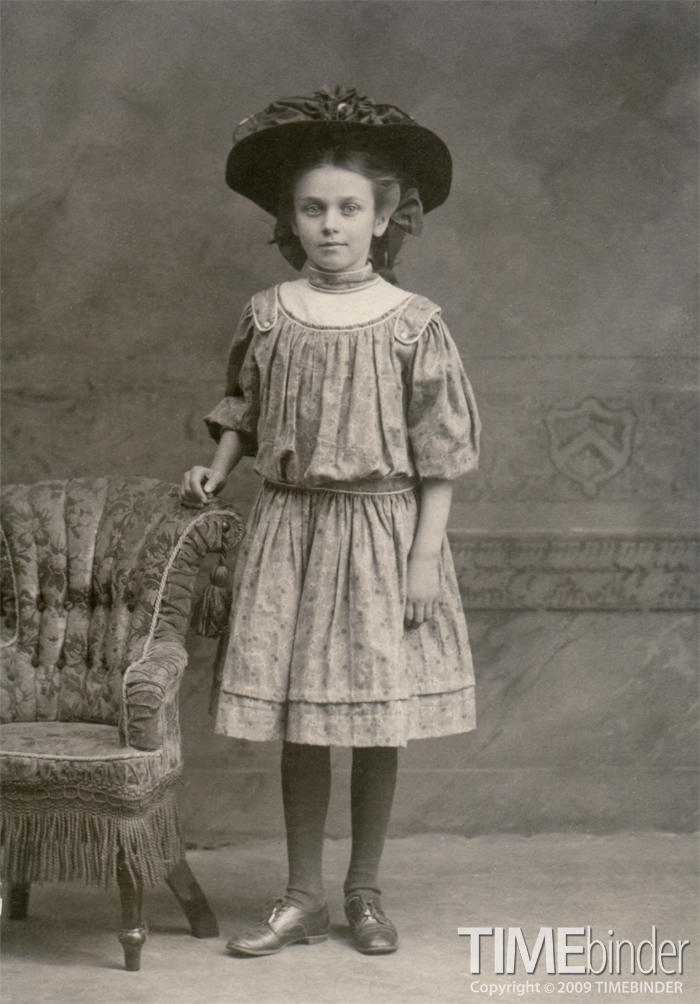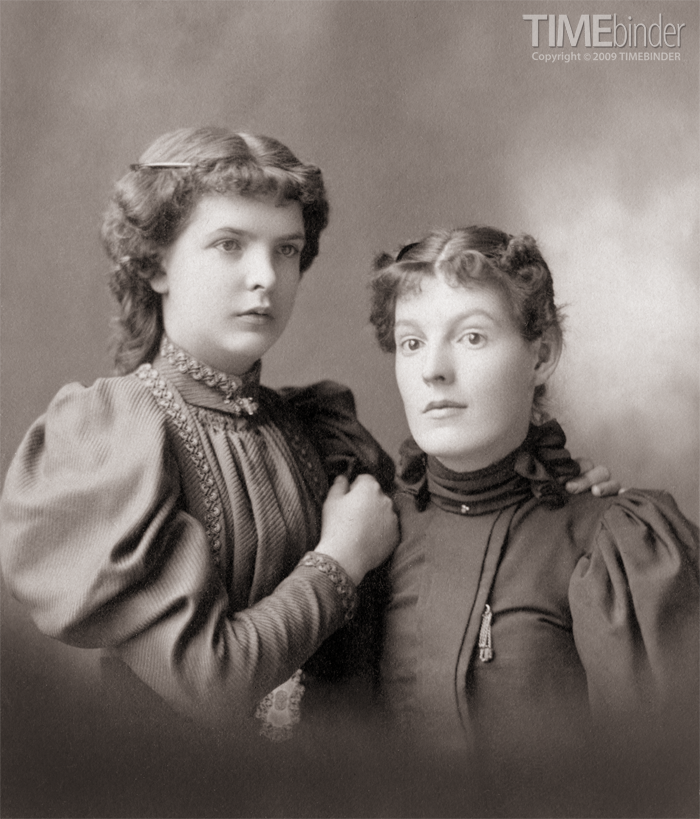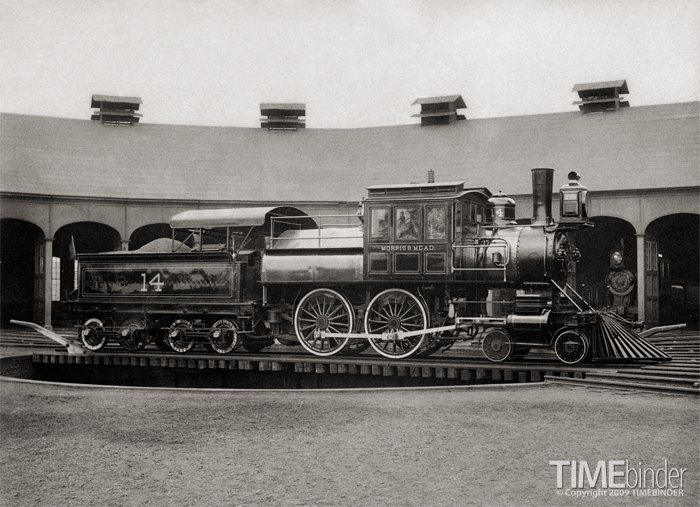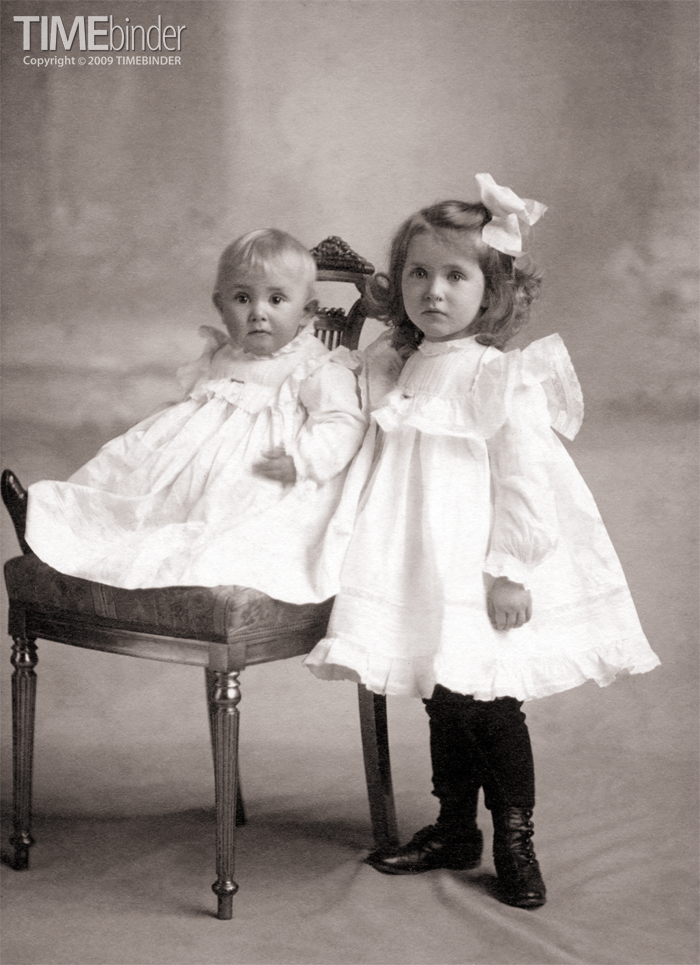That High Wheel Bike!
 Tuesday, October 6, 2009 at 4:30PM
Tuesday, October 6, 2009 at 4:30PM 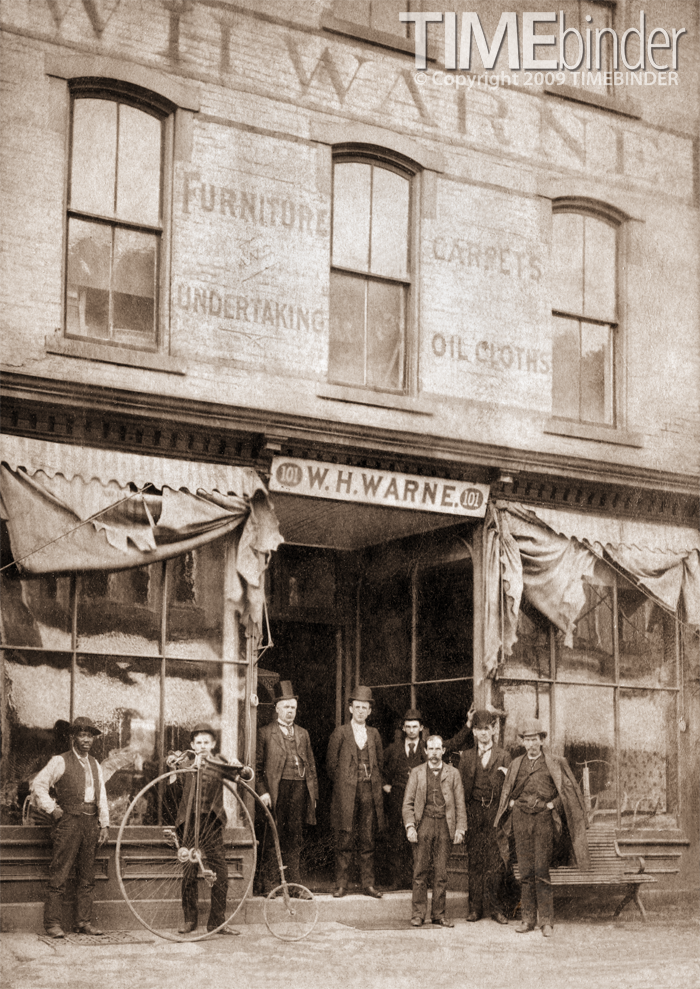
I can find no information on W.H. Warne's business or location (there was a W.H. Warne who came from Canada to South Dakota about 1862). The building suggests a successful enterprise, as odd as furniture and undertaking may seem to contemporary minds. The stove pipe hat and high-crowned bowlers may suggest a date of 1880s - 1890s; the long coats of the gentlemen in the doorway may suggest the funeral part of the business. But the prominent feature of this photograph is the young man with the high wheel bicycle.
Which brings me to a question that has always plagued me: how does one get on and off of a high wheel bike? Was a rider viewed as a sportsman or as some sort of amateur circus performer? I have never seen anyone ride one, but – without being unnecessarily graphic – it has always looked to me like a risky and potentially painful undertaking for the male of the species! The advent of the standard two-wheel bike of more down-to-earth proportions must have been greeted with some relief as a truly useful object of transportation and leisure entertainment and less a medieval torture device.
On a related note, I tended to think of photograph collectors as being essentially prosaic until I encountered the prices that are paid for any antique print, in any condition, of a high wheel bike or motorcycle – I might now have reason to wonder if I am at risk of a serious mental deficiency except that I was able to afford this image because it failed to mention the bike in the description, and I didn’t buy it for the bike (at least that is what I keep telling myself).


